Image of 1951 Ford Ranch Wagon, Note: These illustrations use artistic license and may differ from actual historical models.
Performance Metrics
Fundamental Metrics
Emotional Appeal
MMP Rating
| Engine Specifications | |
|---|---|
| Engine: | 239 CID Flathead V8 |
| Displacement: | 239 cubic inches (3.9 liters) |
| Horsepower: | 100 hp |
| Torque: | 180 lb-ft |
| Compression Ratio: | 6.8:1 |
| Ignition System: | Distributor and coil |
| Cooling System: | Water-cooled |
| Performance Specifications | |
| 0-60 Time: | Estimated 20 seconds |
| 1/4 Mile Time: | Estimated 22 seconds |
| Top Speed: | 80 mph |
| Transmission and Drive | |
| Drive Type: | Rear-wheel drive |
| Transmission Type: | 3-speed manual |
| Fuel and Efficiency | |
| Fuel System Type: | Carburetor |
| MPG: | Estimated 15-20 mpg |
| Dimensions and Brakes | |
| Brakes: | Drum brakes |
| Wheelbase: | 114 inches |
| Weight: | 3,200 lbs |
Note: Specifications for classic cars are given to the best of our ability, considering the limited and variant data available.
Introduction
The 1951 Ford Ranch Wagon stands as a testament to American ingenuity and the post-war automotive boom. Born from the assembly lines of the Ford Motor Company, this vehicle emerged as a family-friendly and utilitarian option in an era where the station wagon began to symbolize suburban life. With its roots tracing back to the earlier "Woodie" wagons, the Ranch Wagon offered a steel-bodied alternative that was both durable and stylish. A notable moment in its history is its role as a pioneer in the two-door station wagon market, setting a trend for practical yet compact family vehicles.
Design and Innovation
The exterior of the 1951 Ford Ranch Wagon boasted clean lines and a functional design that exuded post-war optimism. The vehicle's silhouette was characterized by its rounded fenders and a prominent front grille that echoed Ford's truck line. Inside, the cabin featured a simple yet comfortable layout with materials designed to withstand the rigors of family life. Technologically, it was equipped with features like a three-speed manual transmission with optional overdrive, reflecting the era's mechanical advancements. Color options ranged from understated hues to more vibrant tones, with Sea Island Green being among the popular choices. The two-door body style was particularly iconic, offering accessibility and convenience for everyday Americans.
Historical Significance
The 1951 Ford Ranch Wagon made its mark by offering versatility without compromising on style—a philosophy that would influence generations of station wagons to come. It stood out from other vehicles of its time due to its all-steel construction, moving away from the wood paneling that had defined earlier models. This shift not only signaled changes in design preferences but also in manufacturing processes that prioritized efficiency and durability.
Performance and Handling
Under the hood, the Ranch Wagon featured Ford's reliable inline-six or the more powerful flathead V8 engine. While top speeds were modest by today's standards, it delivered enough power for daily tasks and leisurely drives alike. The ride was smooth for its time, absorbing bumps with grace while maintaining composure on windy roads. Drivers could expect a symphony of mechanical sounds from the engine bay—a reminder of the raw connection between man and machine during this automotive era.
Ownership Experience
The 1951 Ford Ranch Wagon served many roles—from a dependable daily driver to an occasional show car or even a workhorse for small businesses. Its maintenance was straightforward, making it a favorite among those who preferred to tinker under the hood themselves. Despite its age, many components are still available thanks to a dedicated community of enthusiasts and aftermarket support.
Fun Facts
This classic wagon has seen its share of limelight with appearances in period films and television shows, often evoking nostalgia for simpler times. While not known for breaking speed records, it holds a place in history for contributing to Ford's post-war sales success. Criticisms were few but generally centered around desires for increased power and modern amenities—features that would come in later models.
Collector's Information
Today, the 1951 Ford Ranch Wagon is cherished by collectors for its charm and historical value. Estimates suggest that tens of thousands were produced during its run, though surviving examples in good condition are much fewer. Values can vary widely based on condition, originality, and historical significance; however, well-preserved models can fetch anywhere from $15,000 to $30,000 or more at auction or private sale.
Conclusion
The 1951 Ford Ranch Wagon is more than just a vintage vehicle—it's an emblem of American culture during a transformative period in history. Its blend of practicality and style set standards for future wagons and continues to captivate enthusiasts around the world. Whether you're an avid collector or simply appreciate classic automotive design, the Ranch Wagon remains an enduring piece of Americana worth celebrating.
1951 Ford Ranch Wagon Catalog of Parts
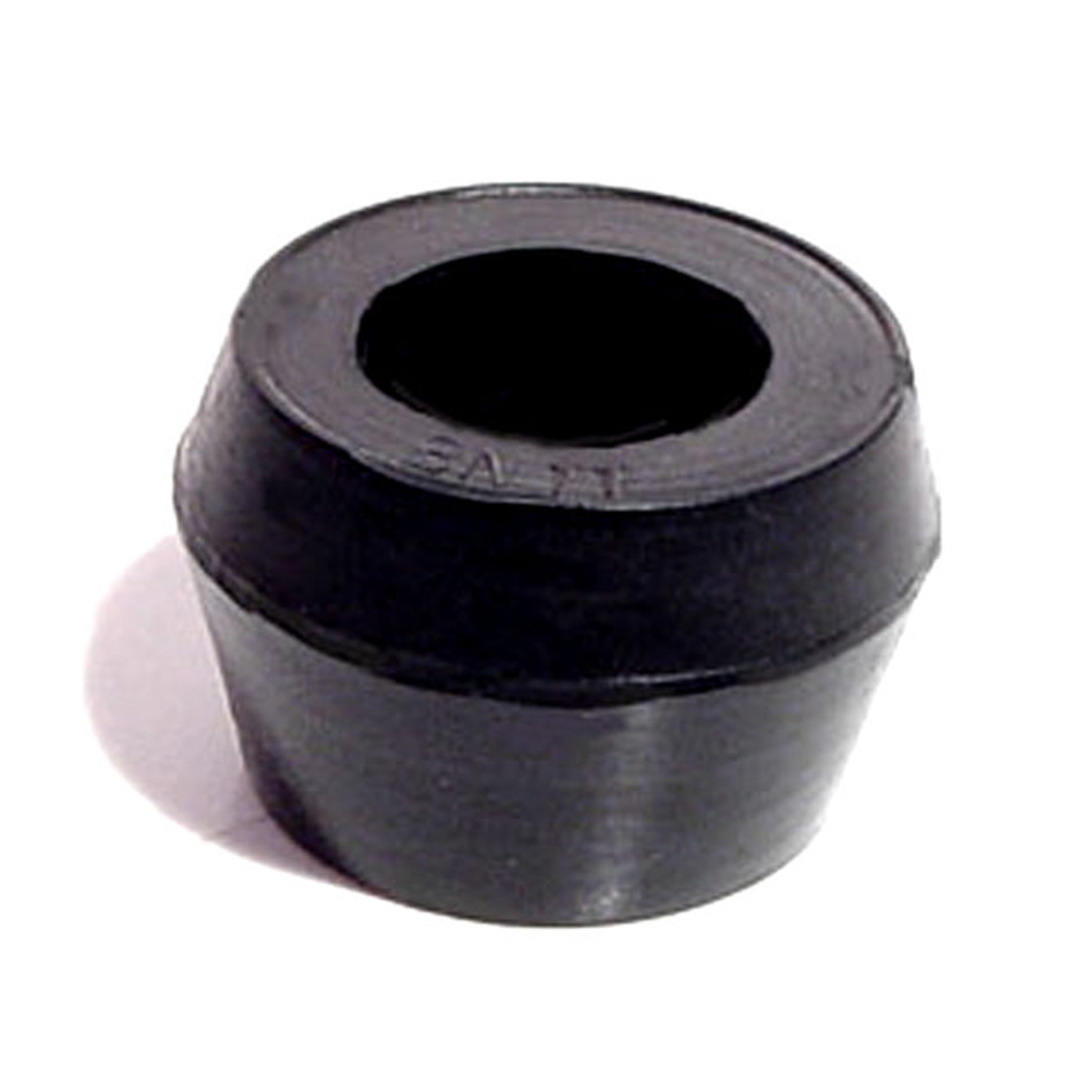 1951 Ford Ranch Wagon Shock Absorber Grommet. 1" bottom O.D-BN 11Shock Absorber Grommet. 1" bottom O.D., 3/4" high, with 5/8" I.D. Each
1951 Ford Ranch Wagon Shock Absorber Grommet. 1" bottom O.D-BN 11Shock Absorber Grommet. 1" bottom O.D., 3/4" high, with 5/8" I.D. Each 1951 Ford Ranch Wagon Shock Absorber Grommet. 1" bottom O.D., 5/8" high-BN 13Shock Absorber Grommet. 1" bottom O.D., 5/8" high., with 3/8" I.D. Each
1951 Ford Ranch Wagon Shock Absorber Grommet. 1" bottom O.D., 5/8" high-BN 13Shock Absorber Grommet. 1" bottom O.D., 5/8" high., with 3/8" I.D. Each 1951 Ford Ranch Wagon Spring and Shackle Bushing. 7/8" bottom O.D-BN 19Spring and Shackle Bushing. 7/8" bottom O.D. X 1-1/4" high, with 1/2" I.D. Each
1951 Ford Ranch Wagon Spring and Shackle Bushing. 7/8" bottom O.D-BN 19Spring and Shackle Bushing. 7/8" bottom O.D. X 1-1/4" high, with 1/2" I.D. Each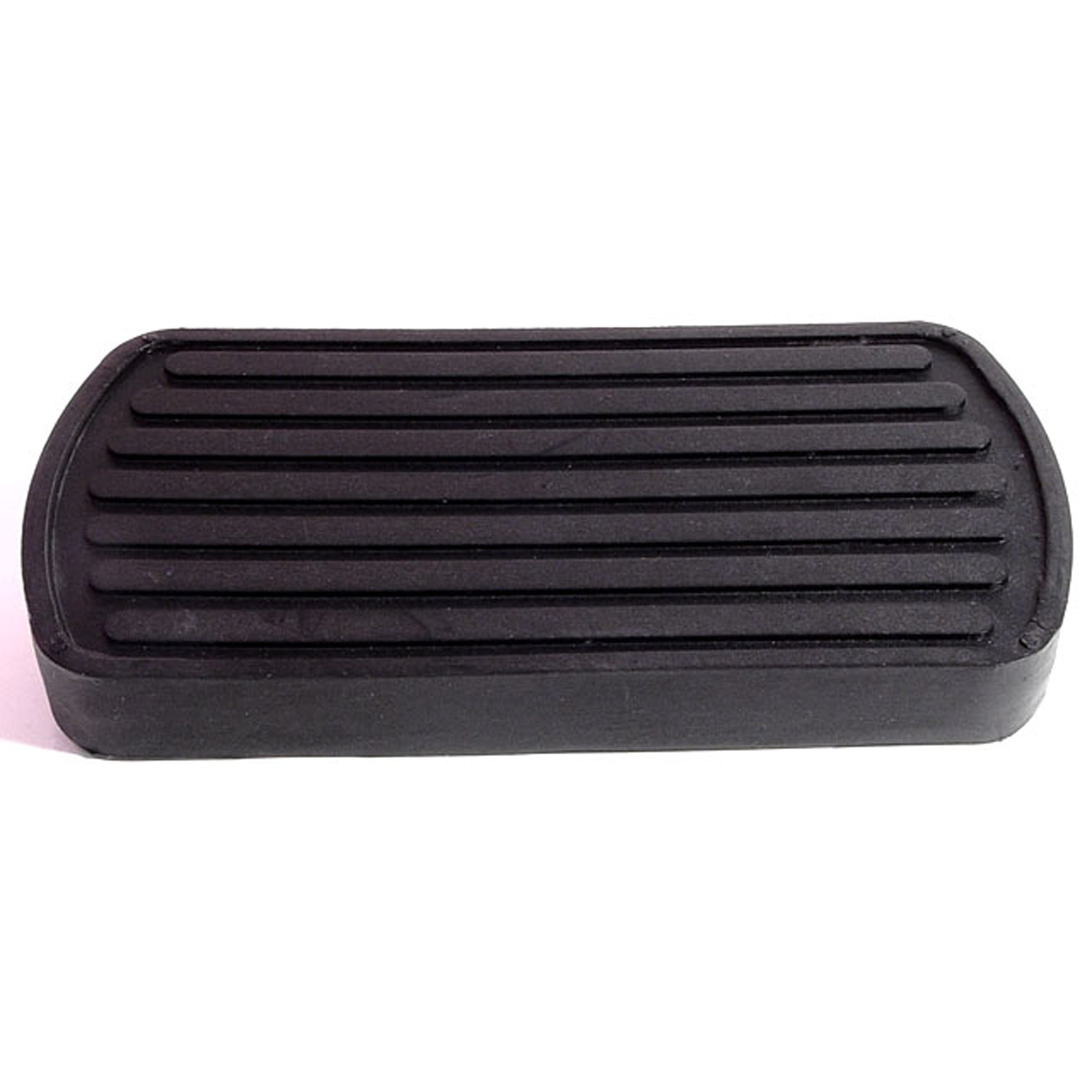 1951 Ford Ranch Wagon Auto Brake Pedal Pad. 2-3/4" wide X 5-3/8" long. Each-CB 90-AAuto Brake Pedal Pad. 2-3/4" wide X 5-3/8" long. Each
1951 Ford Ranch Wagon Auto Brake Pedal Pad. 2-3/4" wide X 5-3/8" long. Each-CB 90-AAuto Brake Pedal Pad. 2-3/4" wide X 5-3/8" long. Each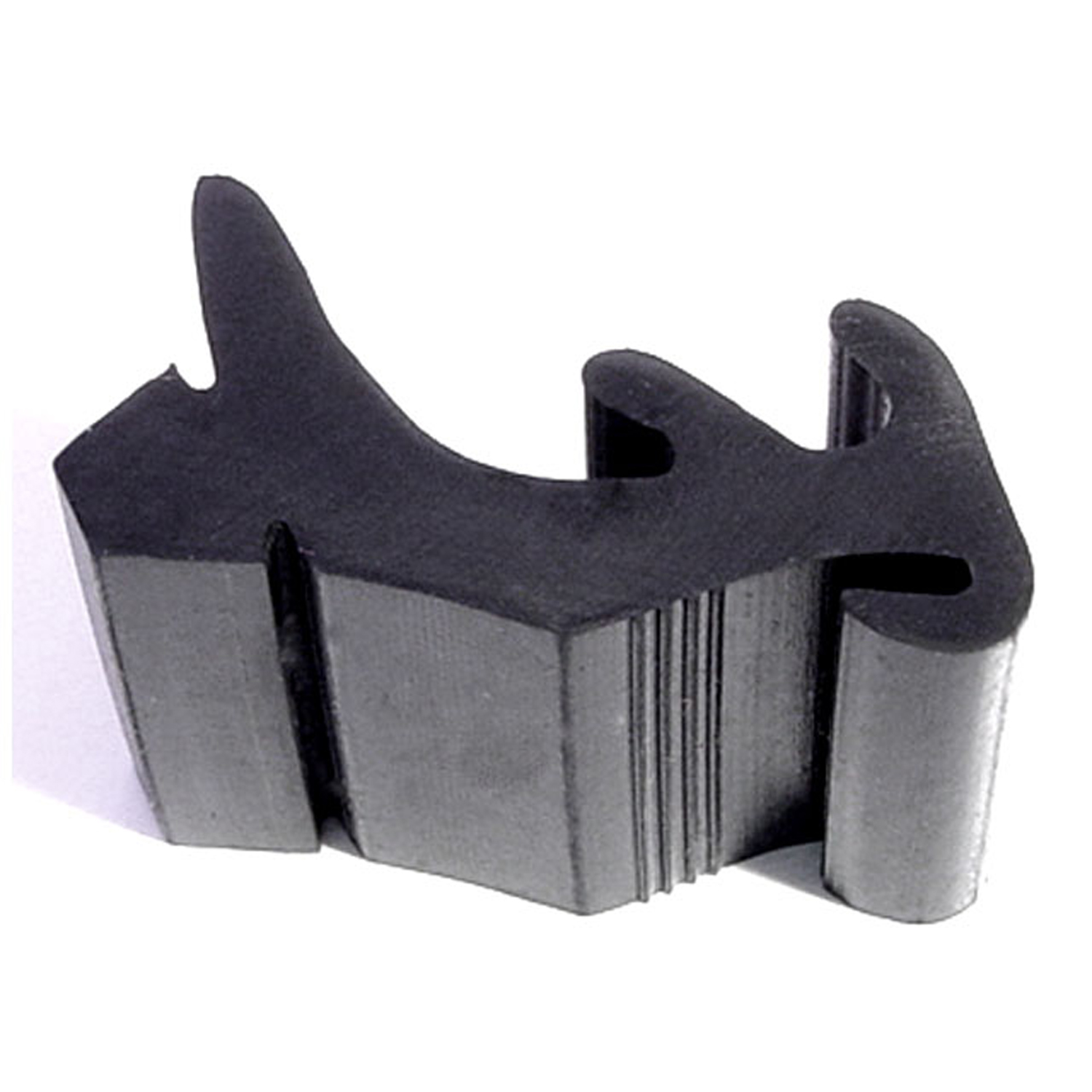 1951 Ford Ranch Wagon Hood Bumper. Four used per vehicle. Each-HF 48Hood Bumper. Four used per vehicle. Each
1951 Ford Ranch Wagon Hood Bumper. Four used per vehicle. Each-HF 48Hood Bumper. Four used per vehicle. Each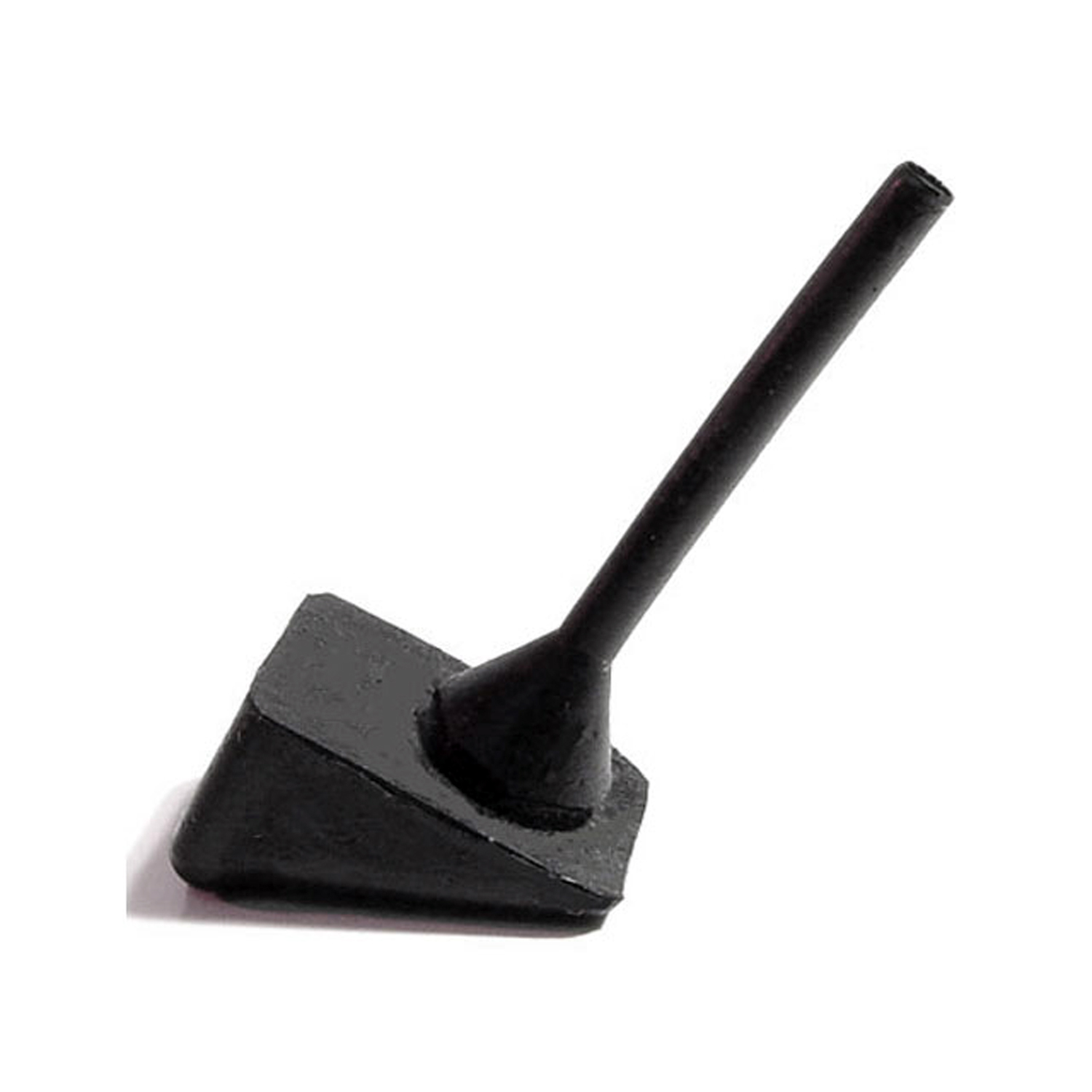 1951 Ford Ranch Wagon Hood Bumper. Each-HF 8Hood Bumper. Each
1951 Ford Ranch Wagon Hood Bumper. Each-HF 8Hood Bumper. Each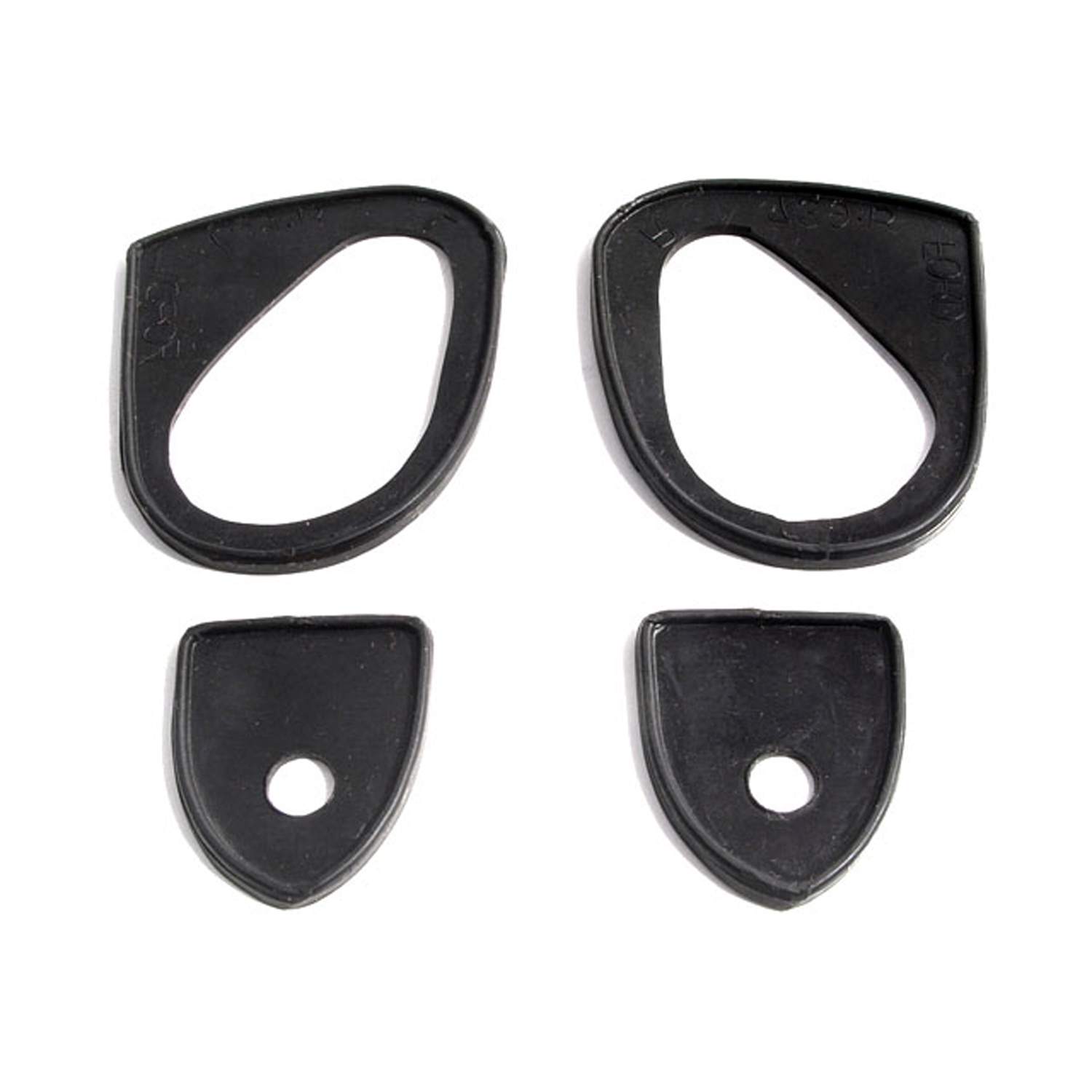 1951 Ford Ranch Wagon Door Handle Pads. 2-3/4" long & 1-5/8" long. Set-MP 739-BDoor Handle Pads. 2-3/4" long & 1-5/8" long. Set
1951 Ford Ranch Wagon Door Handle Pads. 2-3/4" long & 1-5/8" long. Set-MP 739-BDoor Handle Pads. 2-3/4" long & 1-5/8" long. Set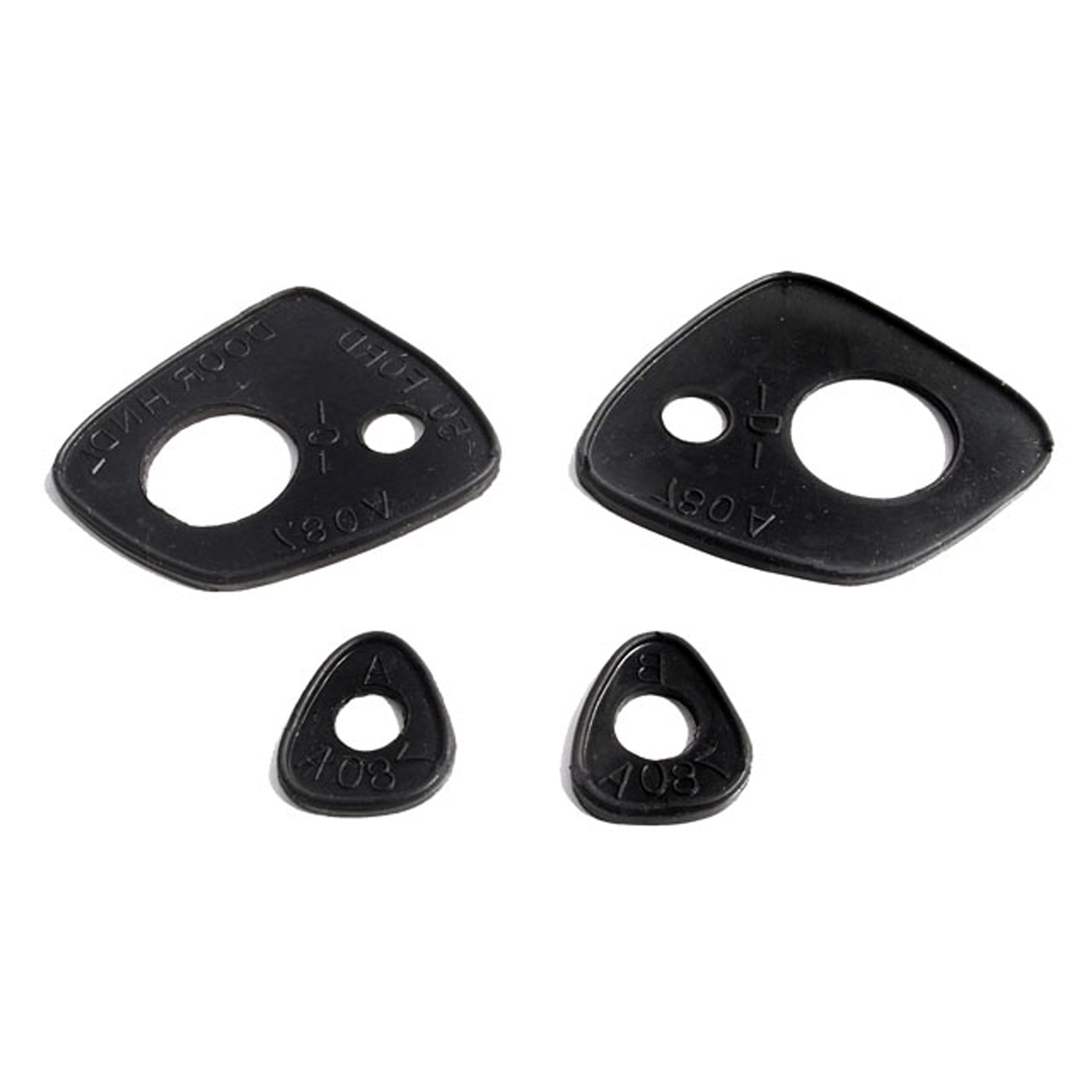 1951 Ford Ranch Wagon Door Handle Pads. 3-1/8" long & 1-1/4" long. Set R&L-MP 780-ADoor Handle Pads. 3-1/8" long & 1-1/4" long. Set R&L
1951 Ford Ranch Wagon Door Handle Pads. 3-1/8" long & 1-1/4" long. Set R&L-MP 780-ADoor Handle Pads. 3-1/8" long & 1-1/4" long. Set R&L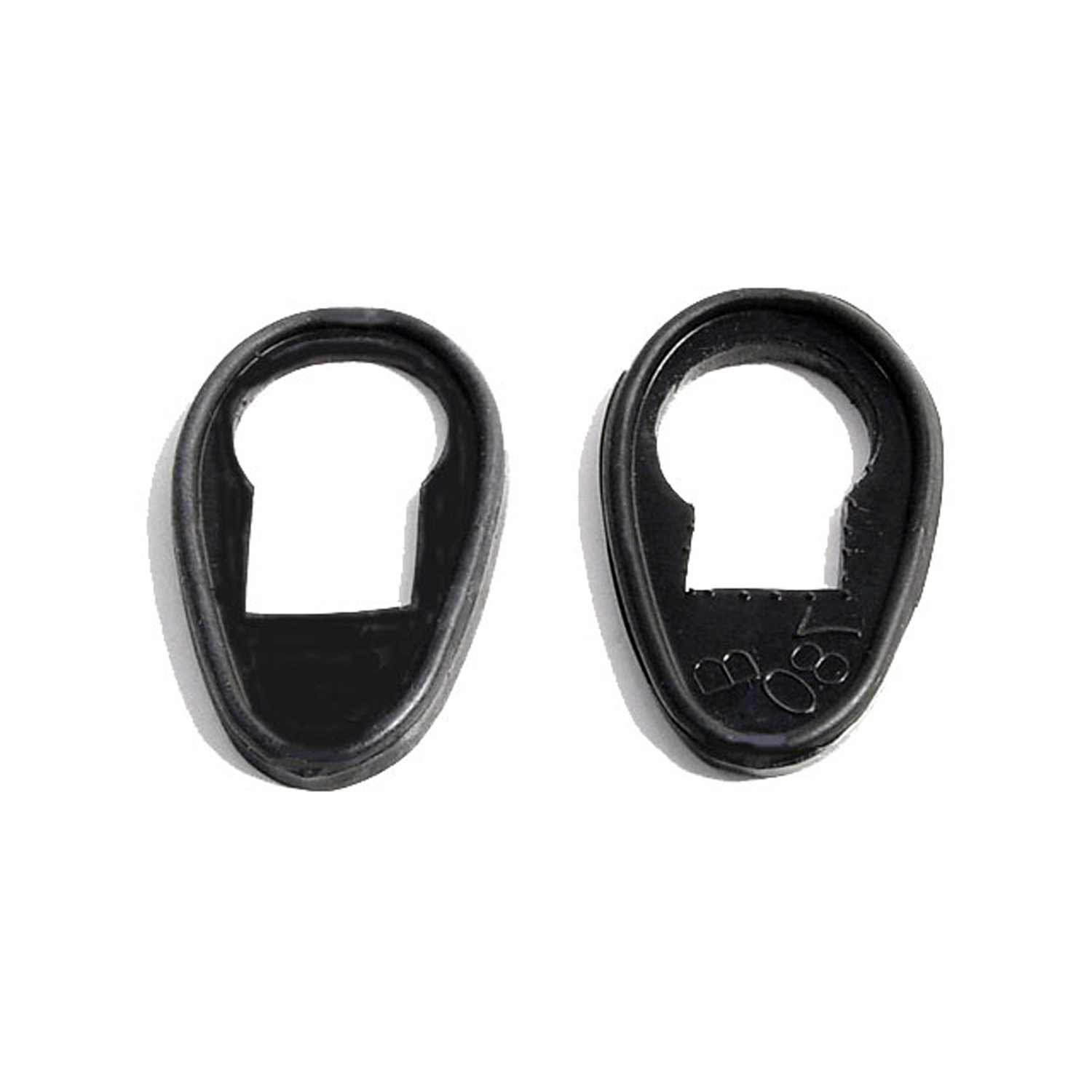 1951 Ford Ranch Wagon Door Lock Pads. 1-1/4" wide X 2" long. Pair-MP 780-BDoor Lock Pads. 1-1/4" wide X 2" long. Pair
1951 Ford Ranch Wagon Door Lock Pads. 1-1/4" wide X 2" long. Pair-MP 780-BDoor Lock Pads. 1-1/4" wide X 2" long. Pair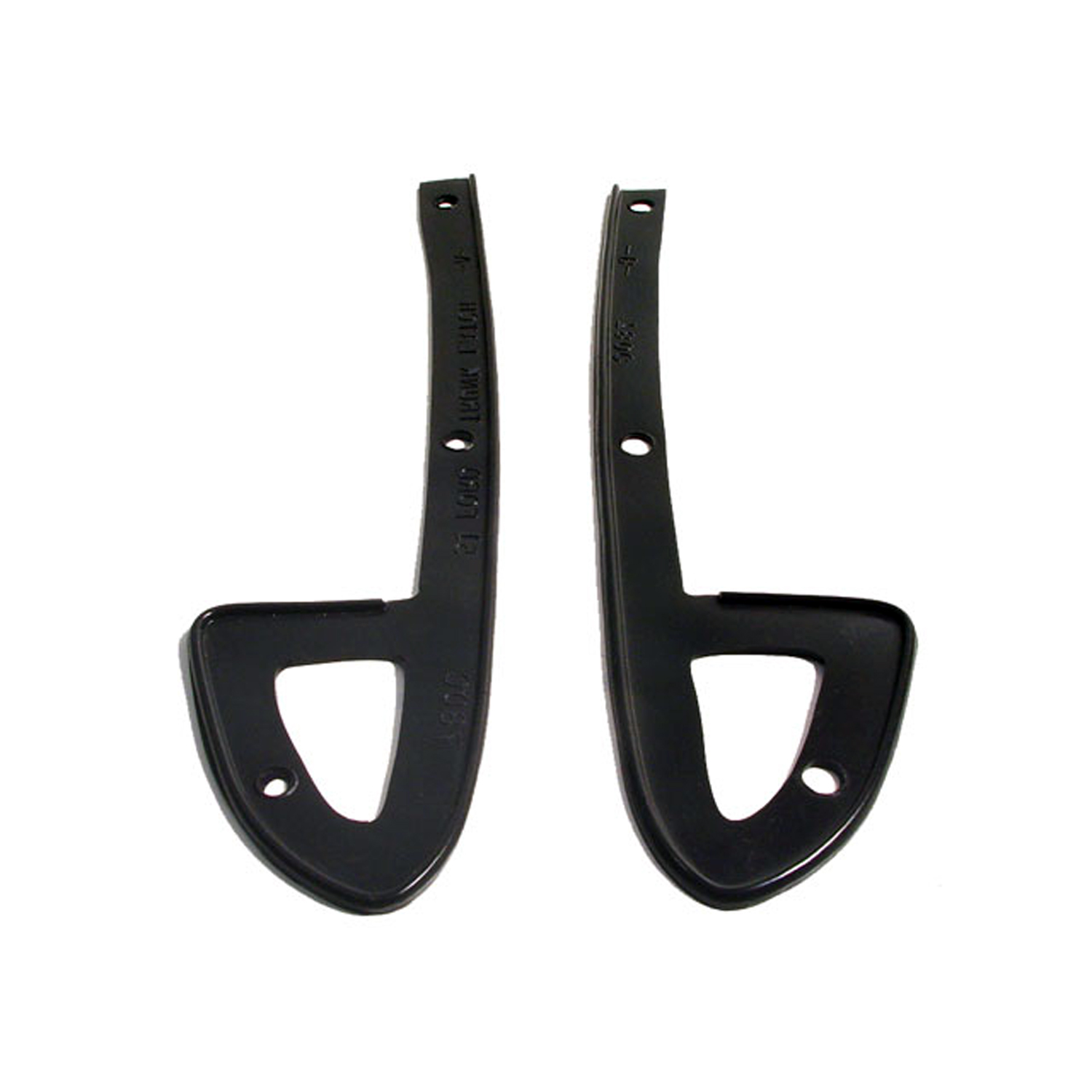 1951 Ford Ranch Wagon Trunk Emblem Pads. 2-3/4" wide X 11-3/8" long. 2-Pieces-MP 780-CTrunk Emblem Pads. 2-3/4" wide X 11-3/8" long. 2-Pieces. Pair
1951 Ford Ranch Wagon Trunk Emblem Pads. 2-3/4" wide X 11-3/8" long. 2-Pieces-MP 780-CTrunk Emblem Pads. 2-3/4" wide X 11-3/8" long. 2-Pieces. Pair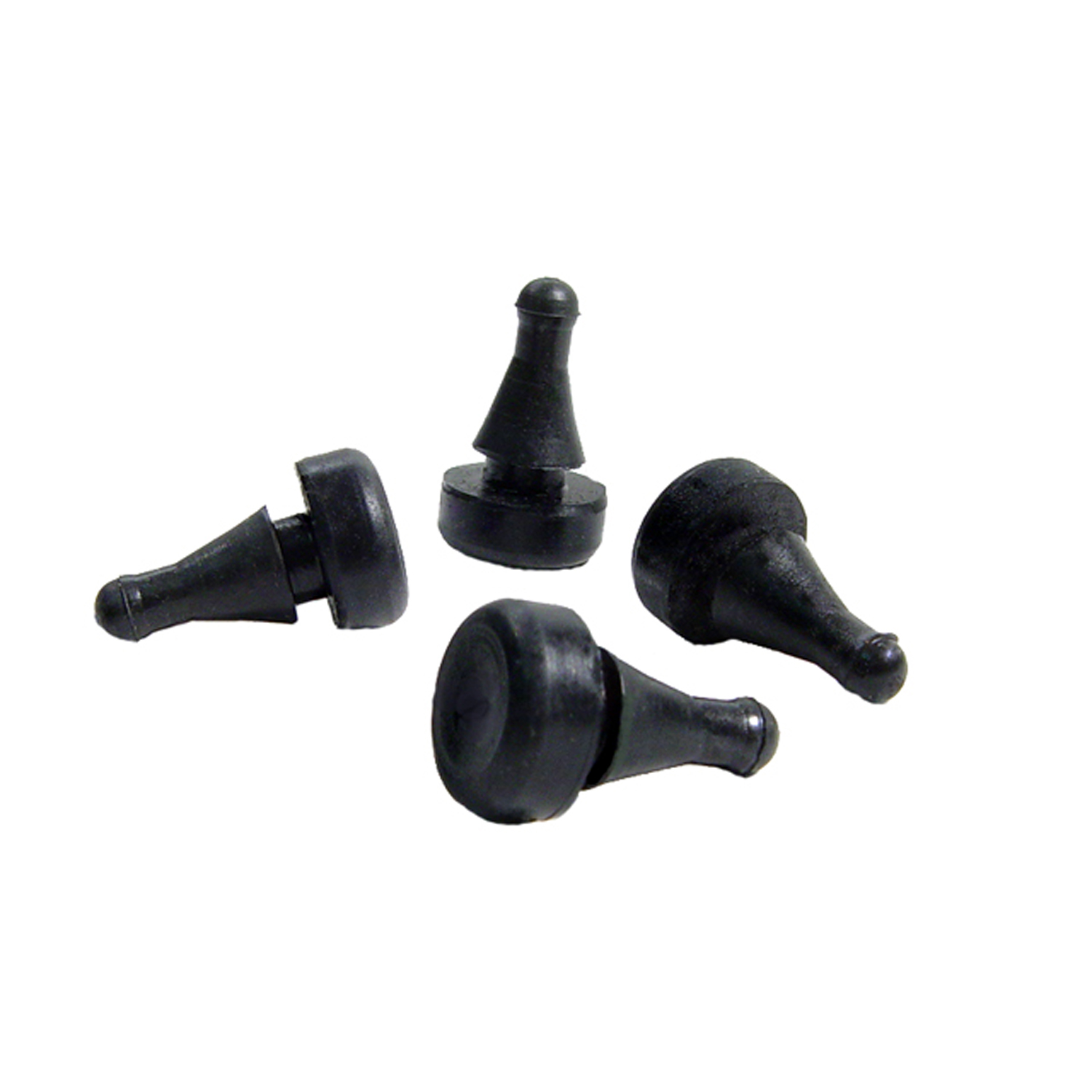 1951 Ford Ranch Wagon Hood Bumpers. 3/8" O.D., 3/4" Long. Set of four-SB 900Hood Bumpers. 3/8" O.D., 3/4" Long. Set of four
1951 Ford Ranch Wagon Hood Bumpers. 3/8" O.D., 3/4" Long. Set of four-SB 900Hood Bumpers. 3/8" O.D., 3/4" Long. Set of four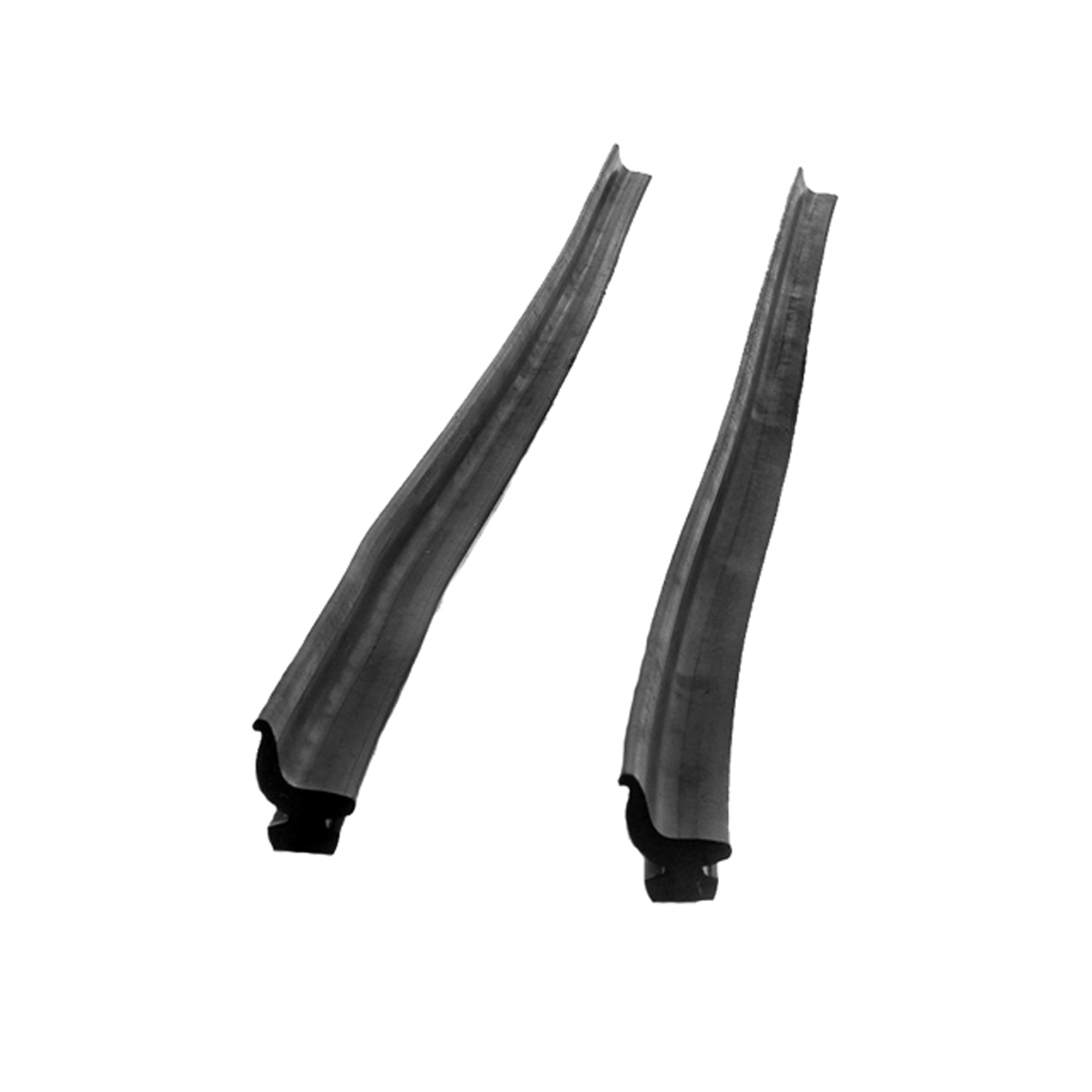 1951 Ford Ranch Wagon Rear roll-up Seal. Two 18" sections sliced into metal track-VS 4Rear roll-up Seal. Two 18" sections sliced into metal track. this foot with no steel insert. Pair
1951 Ford Ranch Wagon Rear roll-up Seal. Two 18" sections sliced into metal track-VS 4Rear roll-up Seal. Two 18" sections sliced into metal track. this foot with no steel insert. Pair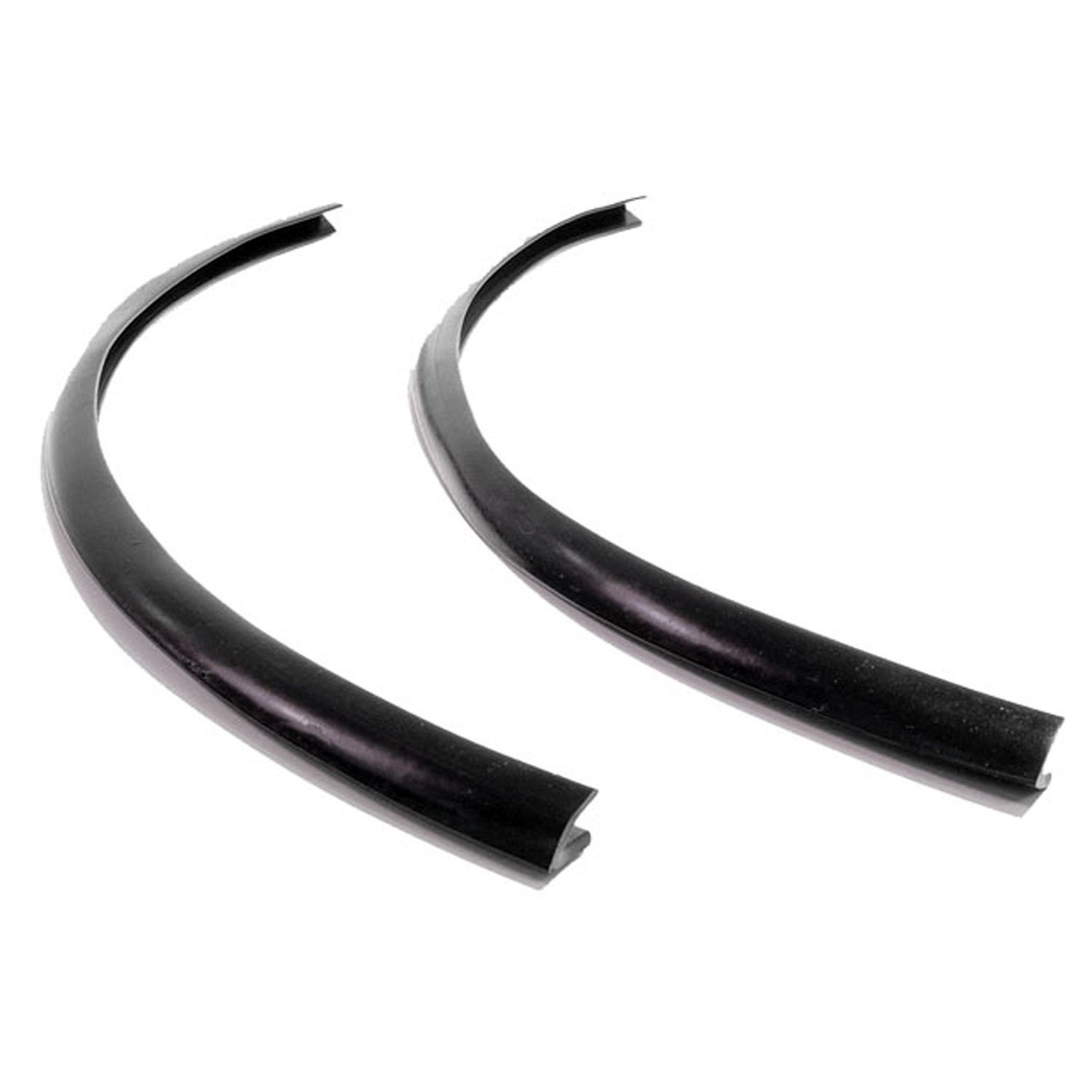 1951 Ford Ranch Wagon Vertical Seals for Vent Window. Each piece is 17" long-VS 6Vertical Seals for Vent Window. Each piece is 17" long. Pair
1951 Ford Ranch Wagon Vertical Seals for Vent Window. Each piece is 17" long-VS 6Vertical Seals for Vent Window. Each piece is 17" long. Pair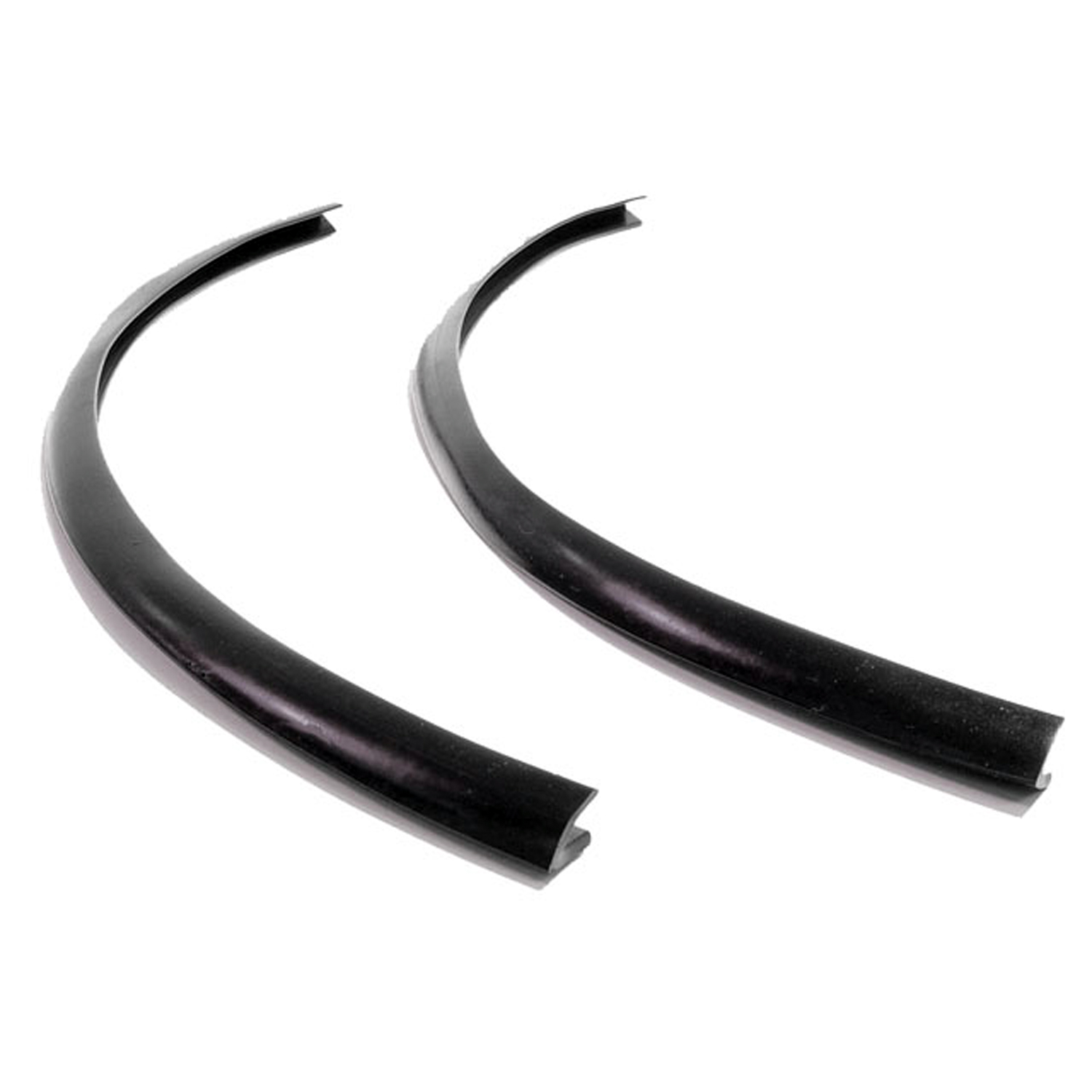 1951 Ford Ranch Wagon Vertical Seal for Vent Window. Sold by the foot.-VS 6/FTVertical Seal for Vent Window. Sold by the foot.
1951 Ford Ranch Wagon Vertical Seal for Vent Window. Sold by the foot.-VS 6/FTVertical Seal for Vent Window. Sold by the foot.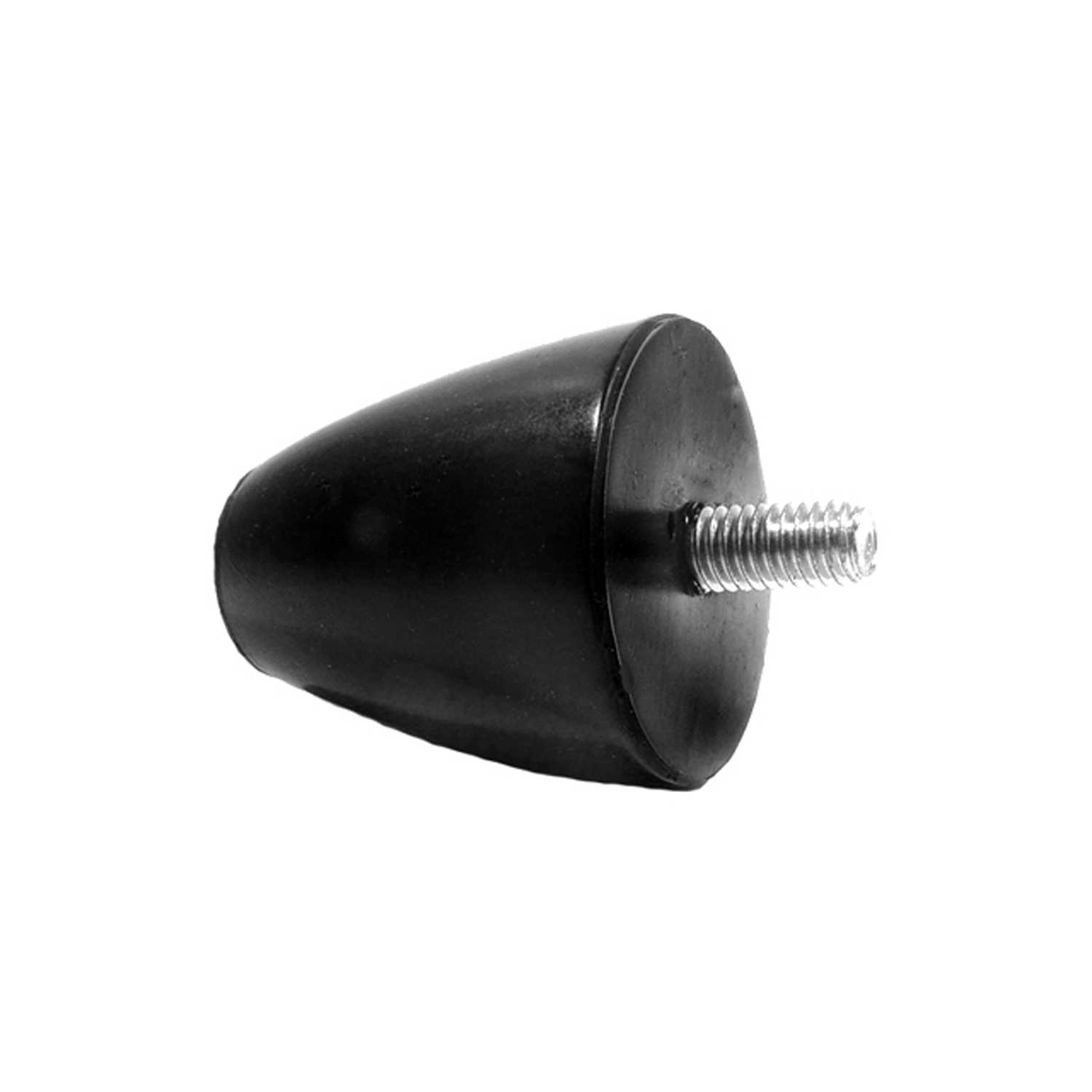 1951 Ford Ranch Wagon Front Suspension Bumper. For lower arm. 2" O.D-XB 22Front Suspension Bumper. For lower arm. 2" O.D., 2-1/8" high. Each
1951 Ford Ranch Wagon Front Suspension Bumper. For lower arm. 2" O.D-XB 22Front Suspension Bumper. For lower arm. 2" O.D., 2-1/8" high. EachWhy Choose Metro?
For over 100 years, Metro Moulded Parts has been the pinnacle of quality in classic car restoration parts. Our commitment to precision and authenticity in every component ensures a perfect fit and an OEM-level appearance.
- Expert Craftsmanship & Quality: Each part is a testament to our dedication to reliability and perfection, crafted from original designs and thoroughly tested.
- Advanced Technology: We use cutting-edge techniques to create flawless, long-lasting parts that surpass others in performance.
- SuperSoft Sponge – The Ultimate Door Seal: Not only are our door seals 30% softer than competitors', but they're also guaranteed to never leak. They effectively reduce wind and road noise, enhancing your classic car's comfort and driving experience.
- Proudly American: Our parts are a product of American craftsmanship, made in the USA with a spirit of excellence and heritage.
- Unrivaled Warranty: We back our products with a 30-year industry-leading warranty, a testament to our confidence in their quality.
Join us in preserving the legacy of classic cars with parts that are crafted for perfection, not just made.

